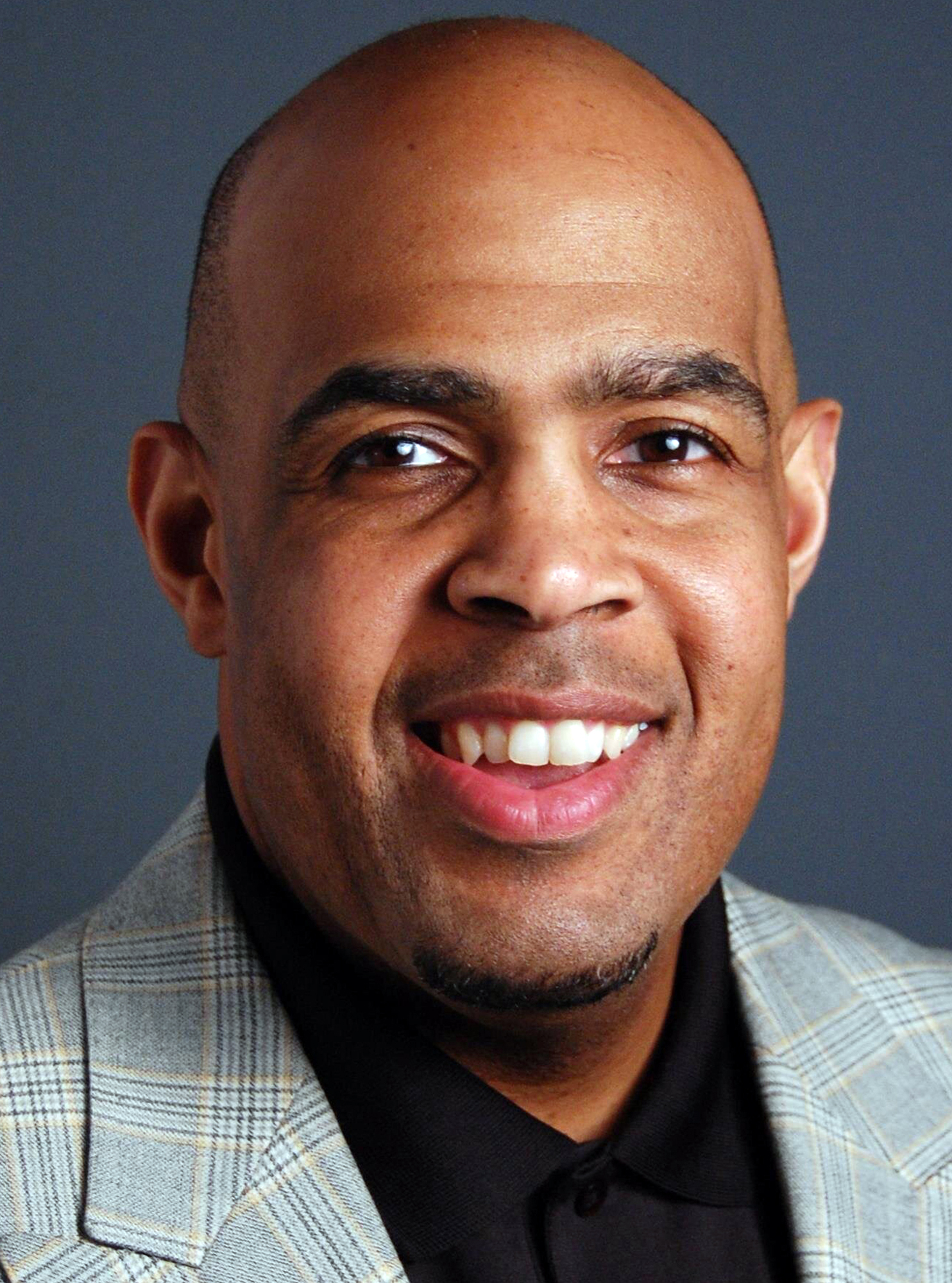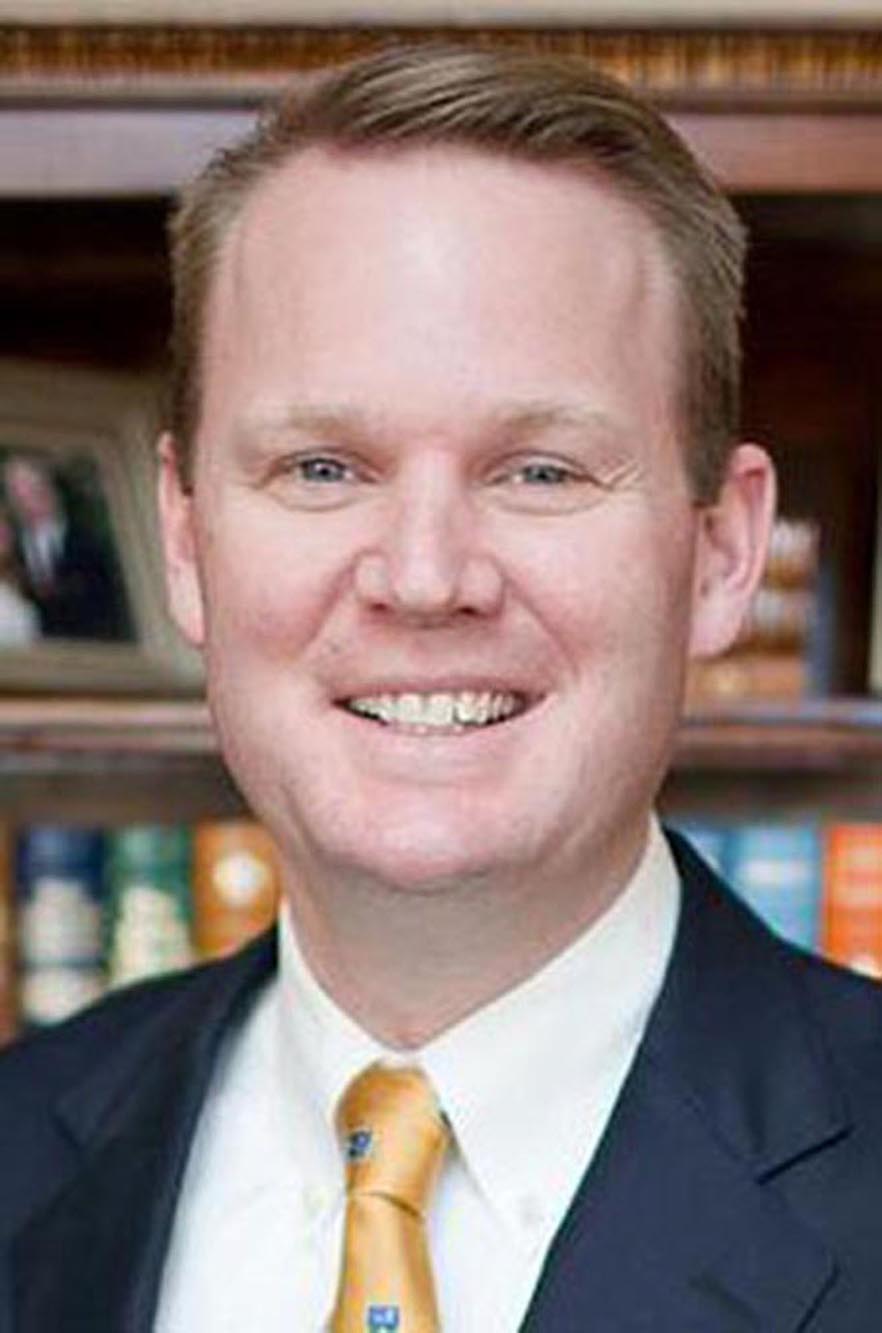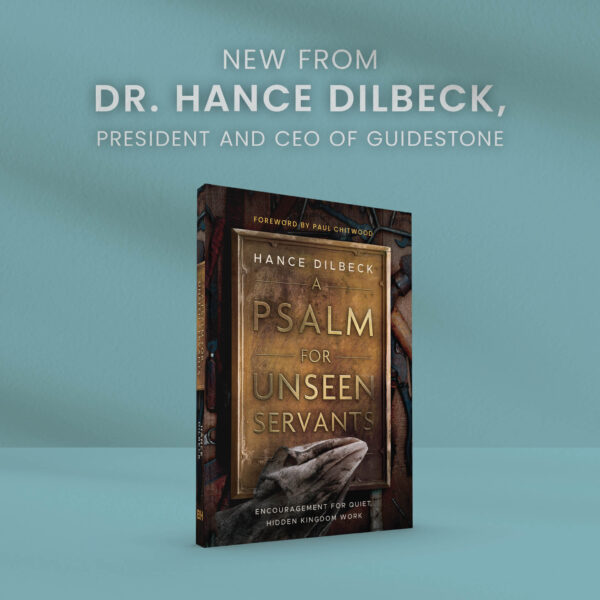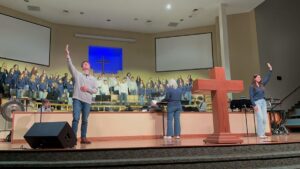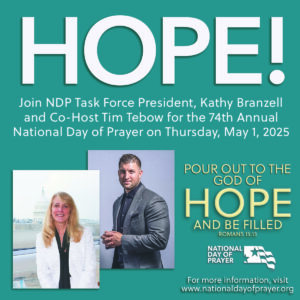
NASHVILLE (BP) — Most churchgoers say the Bible commands them to give. But their tithes don’t always go in the offering plate.
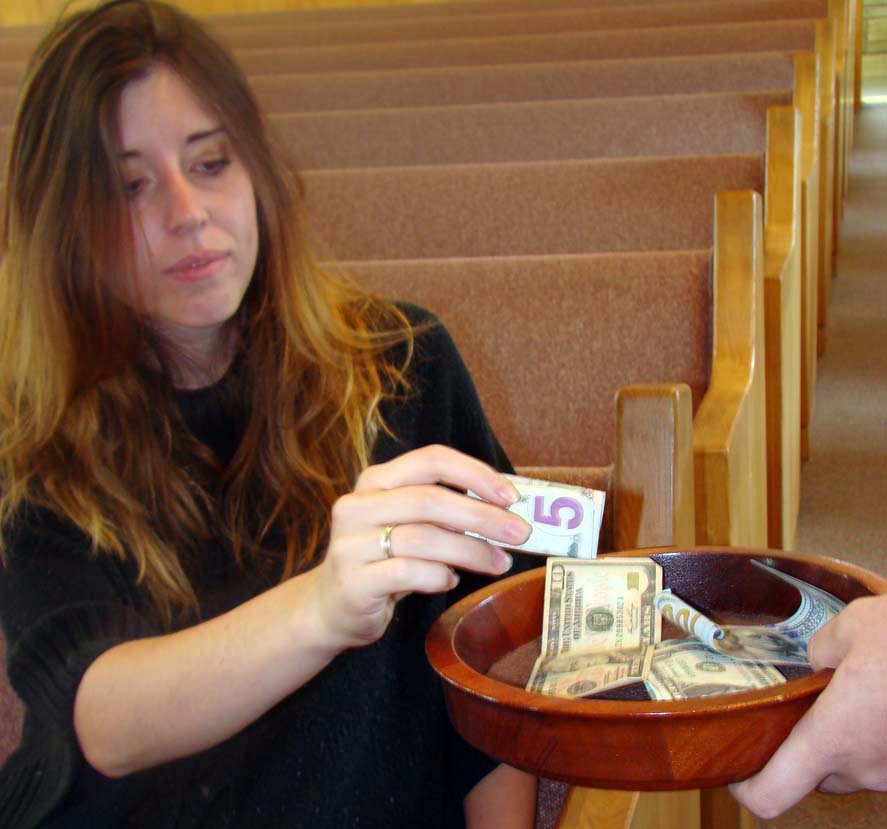 Half of Protestant churchgoers say their tithes can go to a Christian ministry rather than a church, compared to what is often taught by pastors and Bible study aids.
Half of Protestant churchgoers say their tithes can go to a Christian ministry rather than a church, compared to what is often taught by pastors and Bible study aids.
A third say tithes can go to help an individual in need and nearly one in five say tithes can even go a secular charity, according to a new study by Nashville-based LifeWay Research.
“For many churchgoers, tithing is just another term for generosity,” said Scott McConnell, executive director of LifeWay Research.
Churchgoers say tithing still matters
For the study, LifeWay Research surveyed 1,010 Americans who attend services at a Protestant or nondenominational church at least once a month — as well as 1,000 Protestant senior pastors.
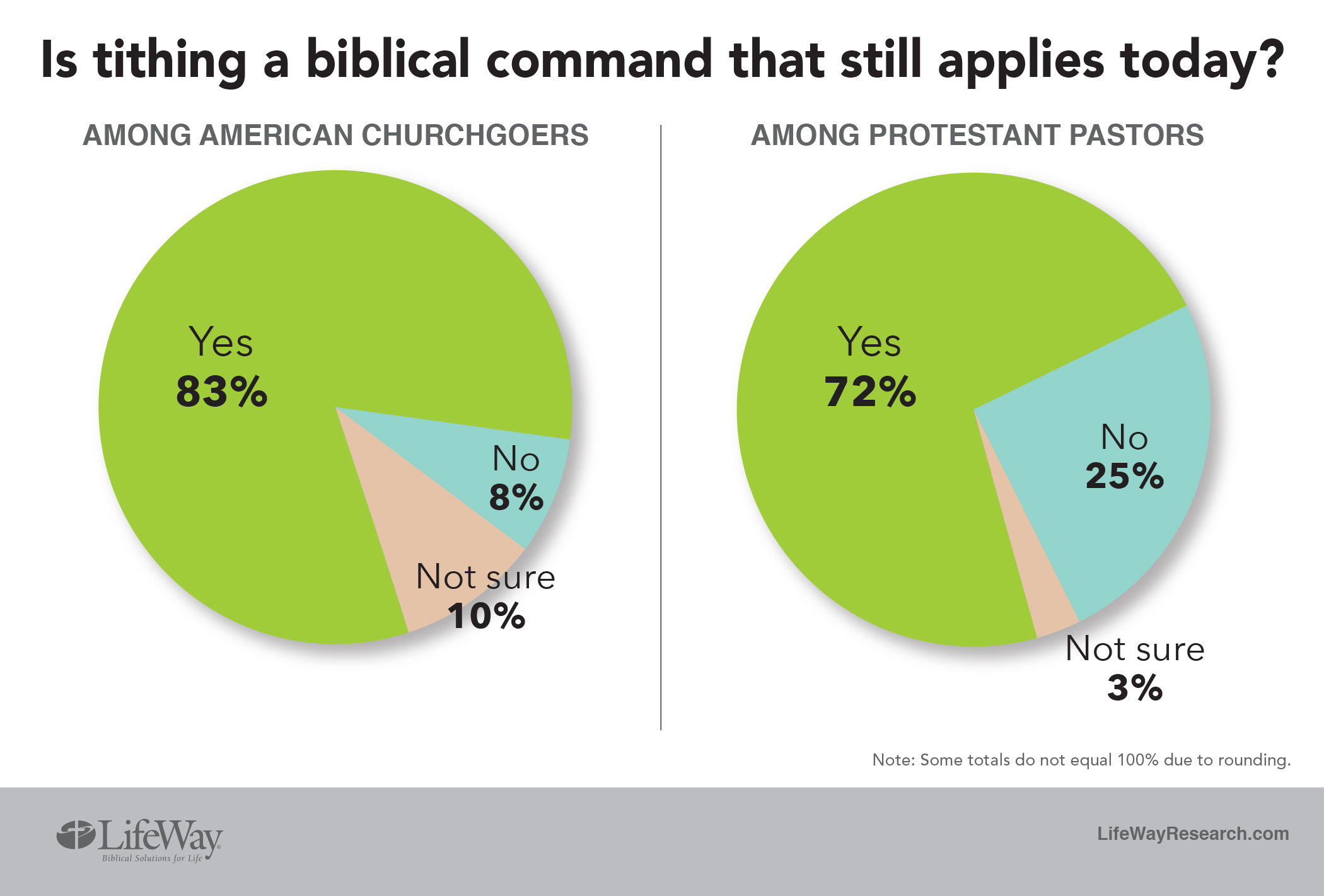 Most churchgoers believe they are commanded to give. And many believe in the idea of tithing, which is typically understood as giving away 10 percent of a person’s income.
Most churchgoers believe they are commanded to give. And many believe in the idea of tithing, which is typically understood as giving away 10 percent of a person’s income.
Eighty-three percent agree when asked, “Is tithing a biblical command that still applies today?” Eight percent say it is not. Ten percent aren’t sure.
Most of those in the South (85 percent) as well as the Northeast (74 percent) say tithing applies today. So do African American (87 percent) and white churchgoers (80 percent).
Those who have evangelical beliefs (86 percent) say it is a biblical command for today. So do 79 percent of other churchgoers. Many Baptists (87 percent), Pentecostals, (86 percent), nondenominational churchgoers (81 percent) and Lutherans (68 percent) agree as well.
More than half (54 percent) of churchgoers say they give at least 10 percent of their income to the church. That includes 37 percent who say they tithe and 17 percent who say they give more than 10 percent. One in 5 (20 percent) give regularly but less than 10 percent. A similar number (17 percent) say they try to give but aren’t always consistent. Eight percent say finances make it hard for them to give. Two percent do not give to their church.
“Even those who can’t tithe believe that giving matters,” McConnell said. “Most churchgoers say they give — even if it’s a struggle.”
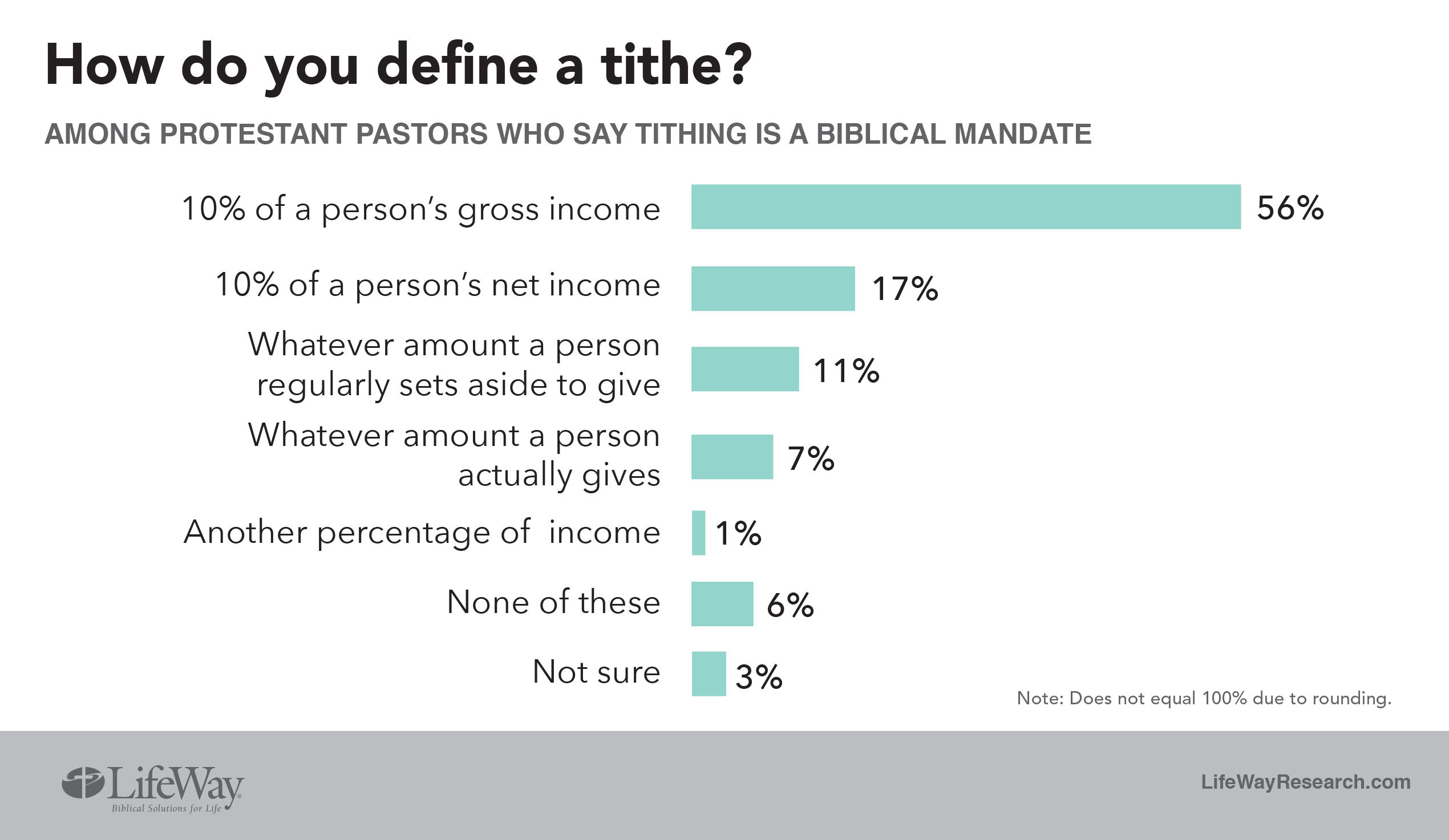 The more churchgoers attend services, the more likely they are to tithe. Fifty-seven percent of those who attend services at least once a week say they give at least a tithe. That drops to 28 percent for those who go once or twice a month. A third (35 percent) of those who attend once or twice a month say they are not consistent in giving compared to 14 percent of those who attend at least once a week.
The more churchgoers attend services, the more likely they are to tithe. Fifty-seven percent of those who attend services at least once a week say they give at least a tithe. That drops to 28 percent for those who go once or twice a month. A third (35 percent) of those who attend once or twice a month say they are not consistent in giving compared to 14 percent of those who attend at least once a week.
Those who go to church one or two times a month are twice as likely to say finances make it hard to give (13 percent) than those who attend at least once a week (7 percent).
Two-thirds (64 percent) of those with evangelical beliefs say they give at least 10 percent to the church. Forty-one percent of other churchgoers say they give at least a tithe.
And tithes can be spread around, according to churchgoers.
Ninety-eight percent say money from tithes can go to their church. Half (48 percent) say funds can go to a Christian ministry. A third say tithes can go to another church (35 percent) or an individual in need (34 percent).
Some churchgoers (18 percent) say their donations to a secular charity can be part of their tithe. That includes more than 4 in 10 Lutherans (44 percent) and a third of Methodists. Baptists (12 percent) and Assemblies of God/Pentecostal churchgoers (13 percent) are less likely to say donations to a secular charity can be part of their tithe.
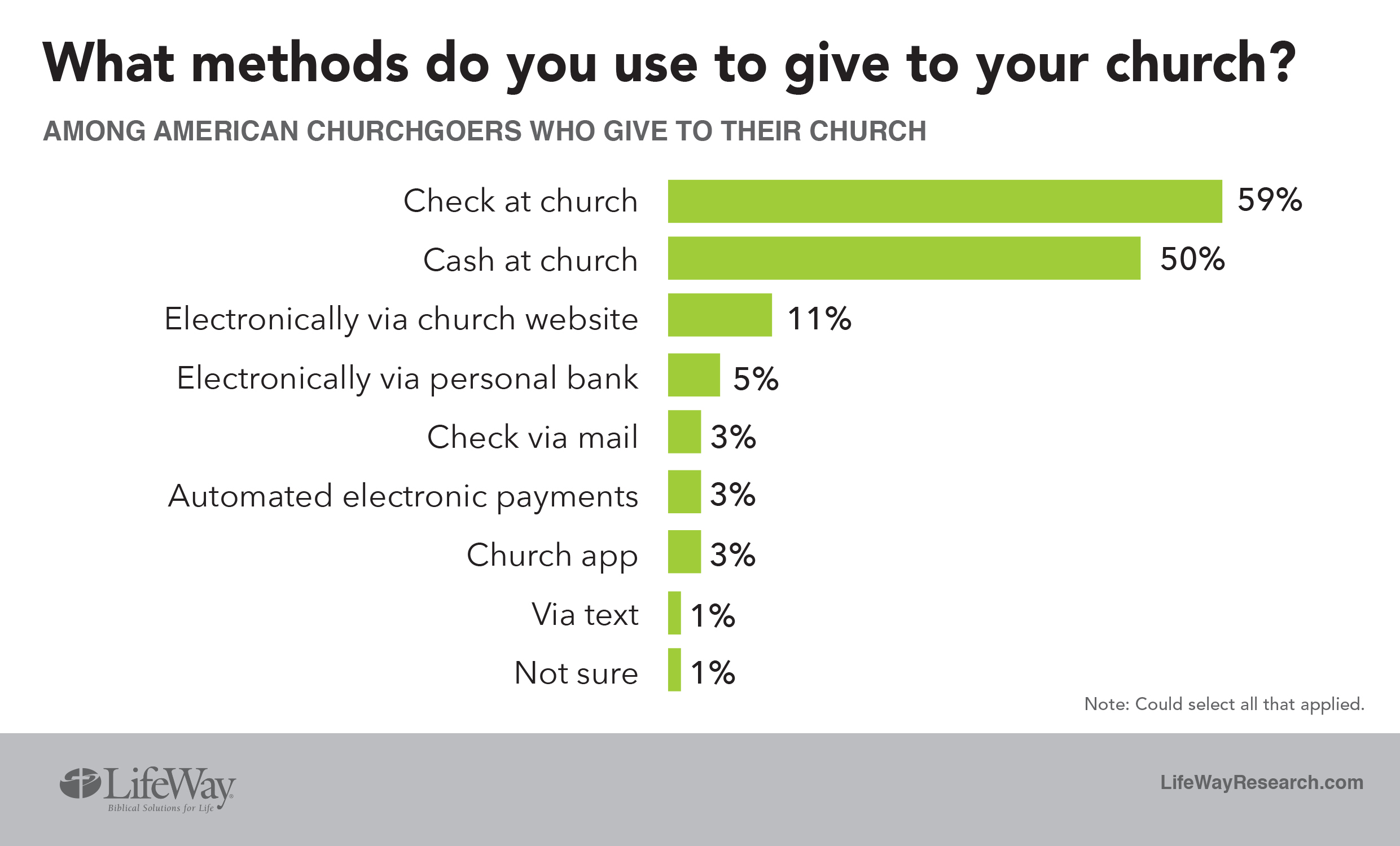 Lutherans (55 percent) are most likely to say their tithe could include gifts to an individual in need. Nondenominational churchgoers (37 percent), a third of Assemblies of God/Pentecostal churchgoers and Baptists (28 percent) are less likely to agree. So are churchgoers with evangelical beliefs (28 percent).
Lutherans (55 percent) are most likely to say their tithe could include gifts to an individual in need. Nondenominational churchgoers (37 percent), a third of Assemblies of God/Pentecostal churchgoers and Baptists (28 percent) are less likely to agree. So are churchgoers with evangelical beliefs (28 percent).
Fewer than half of churchgoers (47 percent) say only giving to the church counts for tithing.
Whatever amount they give, churchgoers prefer to drop their tithes and other donations in the offering plate at church.
Six in 10 churchgoers (62 percent) give to their church by check. That includes 59 percent who give a check at church and 3 percent who mail one. Half say they give cash at church. Eleven percent give through their church website. Five percent give electronically through their bank. Three percent have automatic payments set up, while another 3 percent give using a church app. Some give through more than one method.
There’s something about putting cash or a check in the offering plate that still appeals to churchgoers, McConnell said.
“Giving is considered an act of worship — and clicking on a mouse may not feel as holy as putting your offering in the collection plate,” he said.
Sermons on giving
As part of the study, LifeWay Research asked Protestant senior pastors how often they talk about tithing.
Two-thirds say they preached about tithing at least once in the past year. Nine percent had preached on tithing in the last month. Twenty-eight percent had done so in the past six months, while 31 percent had preached on tithing between six months and a year earlier.
Five percent had preached in the last two years. Six percent had preached three or more years ago about tithing.
One in 5 has never made tithing a primary focus of a sermon.
Pastors are less likely than churchgoers to say tithing is still a biblical command.
Seventy-two percent of pastors say tithing is “a biblical command that still applies today.” Twenty-five percent say it is not. Three percent are not sure.
Pentecostal (94 percent), Holiness (91 percent) and Methodist (88 percent) pastors are most likely to say tithing still applies today. Baptist (77 percent), Lutheran (56 percent) and Presbyterian/Reformed pastors (54 percent) are less likely.
Of pastors who say tithing is still a biblical command, 73 percent define tithing as giving 10 percent of a person’s income. More than half (56 percent) say it should be 10 percent of a person’s gross income. Seventeen percent say it should be 10 percent of a person’s net income. Eleven percent say a tithe is whatever a person sets aside to give, while 7 percent say it is whatever the person actually gives.
“Both pastors and churchgoers see giving as a vital part of their faith,” McConnell said. “They don’t always agree on how much a churchgoer should give. But most seem to see 10 percent as an ideal to strive for.”
Methodology
LifeWay Research conducted the churchgoers study Aug. 22–30, 2017. The survey was conducted using the web-enabled KnowledgePanel, a probability-based panel by market research firm GfK designed to be representative of the U.S. population. Initially, participants are chosen scientifically by a random selection of telephone numbers and residential addresses. People in selected households are then invited by telephone or by mail to participate in the KnowledgePanel. For those who agree to participate but do not already have internet access, GfK provides at no cost a laptop and ISP connection. For this survey, a nationally representative sample of U.S. Protestant and nondenominational adults (18 and older) who attend religious services once a month or more often was selected from the KnowledgePanel. Sample stratification and base weights were used for gender, age, race/ethnicity, region, metro/non-metro, home ownership, education and income to reflect the most recent U.S. Census data. Study-specific weights included gender by age, race/ethnicity, region and education to reflect GSS 2016 data. The completed sample is 1,010 surveys. The sample provides 95 percent confidence that the sampling error does not exceed plus or minus 3.1 percentage points. Margins of error are higher in subgroups.
The phone survey of 1,000 Protestant pastors was conducted Aug. 30–Sept. 18, 2017. The calling list was a stratified random sample drawn from a list of all Protestant churches. Quotas were used for church size. Each interview was conducted with the senior pastor, minister or priest of the church called. Responses were weighted by region to more accurately reflect the population. The completed sample is 1,000 surveys. The sample provides 95 percent confidence that the sampling error does not exceed plus or minus 3.2 percentage points. Margins of error are higher in sub-groups.
Evangelical beliefs are defined using the NAE/LifeWay Research Evangelical Beliefs Research Definition based on respondent beliefs. Respondents are asked their level of agreement with four separate statements using a four-point, forced-choice scale (strongly agree, somewhat agree, somewhat disagree, strongly disagree). Respondents are categorized as having evangelical beliefs if they strongly agree with all four statements:
— The Bible is the highest authority for what I believe.
— It is very important for me personally to encourage non-Christians to trust Jesus Christ as their Savior.
— Jesus Christ’s death on the cross is the only sacrifice that could remove the penalty of my sin.
— Only those who trust in Jesus Christ alone as their Savior receive God’s free gift of eternal salvation.
LifeWay Research is a Nashville-based evangelical research firm that specializes in surveys about faith in culture and matters that affect churches.





